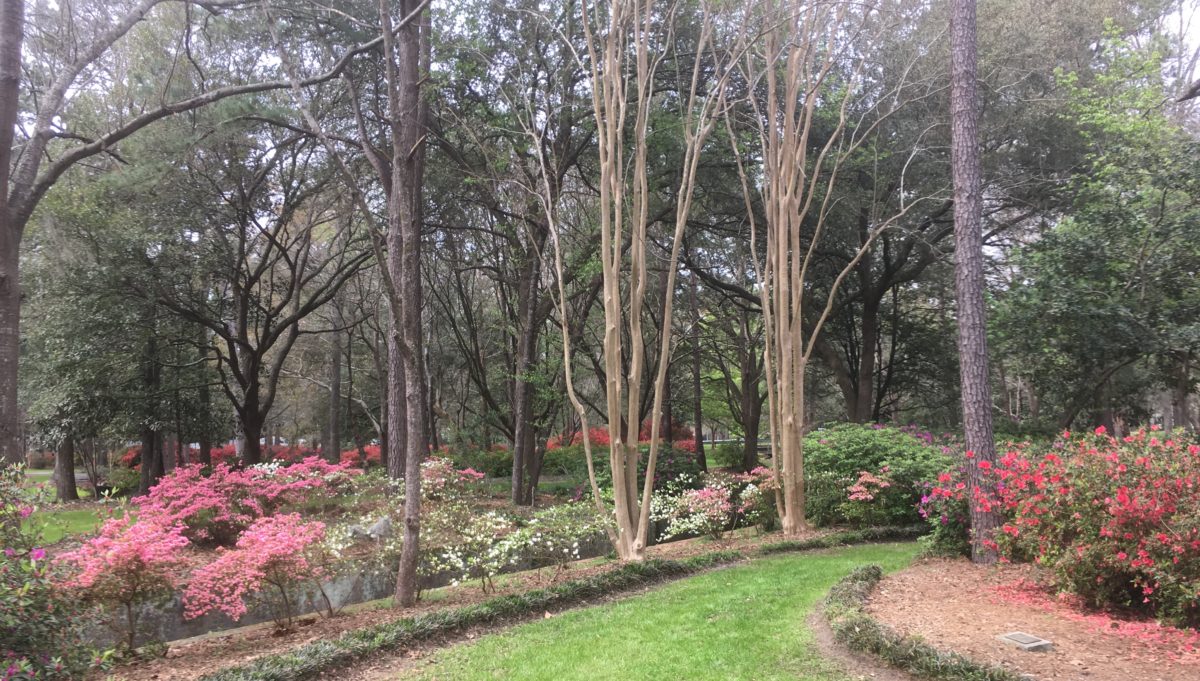Nicknamed “Flowertown in the Pines”, Summerville, South Carolina is known for its gardens and azaleas bursting with color. Summerville parks include historic Colonial Fort Dorchester, Sawmill Branch jogging and cycling trail which links several parks and recreation fields including Newington Plantation Park, Doty Park, Gahagan Park, and finally, historic Azalea city park at the heart of the old town of Summerville.
Summerville has a long heritage of gardening. Christina Butler notes, “Summerville today protects both its lovely buildings in a regulated historic district (with over 700 buildings predating World War One), and its landscape features. The old growth pines and tree canopies were threatened by railroad companies needing rail tie materials, so one of the first acts of the newly chartered town in 1847 was passage of the motto, “Sacro Pinus Esto”, and instatement of a very hefty (for the era) fine of $25 for cutting grand trees. The town also has a love of azaleas, and there is a variety cultivated here called ‘Pride of Summerville.’”

Furthest away from the town center in a more rural setting, Colonial Fort Dorchester began as the small town of Dorchester, a 4,050-acre parcel granted to John Stevens in 1696. In 1697, a group of Congregationalists and Anglicans founded the town of Dorchester, as a trading hub and merchant town to serve the plantations sending goods to Charleston via the Ashley River; remnants of a historic wharf can still be seen at the park at low tide. In 1757 a large tabby (oyster shell concrete) fort was built to protect the town for colonial invasions during the French and Indian War, the walls of which survive mostly intact and can still be explored. The fort also saw action during the American Revolution and was commanded by Francis Marion during the British invasion. Shortly after, the Congregationalists relocated to Georgia and a few Anglicans stayed seasonally at Dorchester but were spending most of their time on their plantations and in Charleston, and the town eventually became an abandoned site.
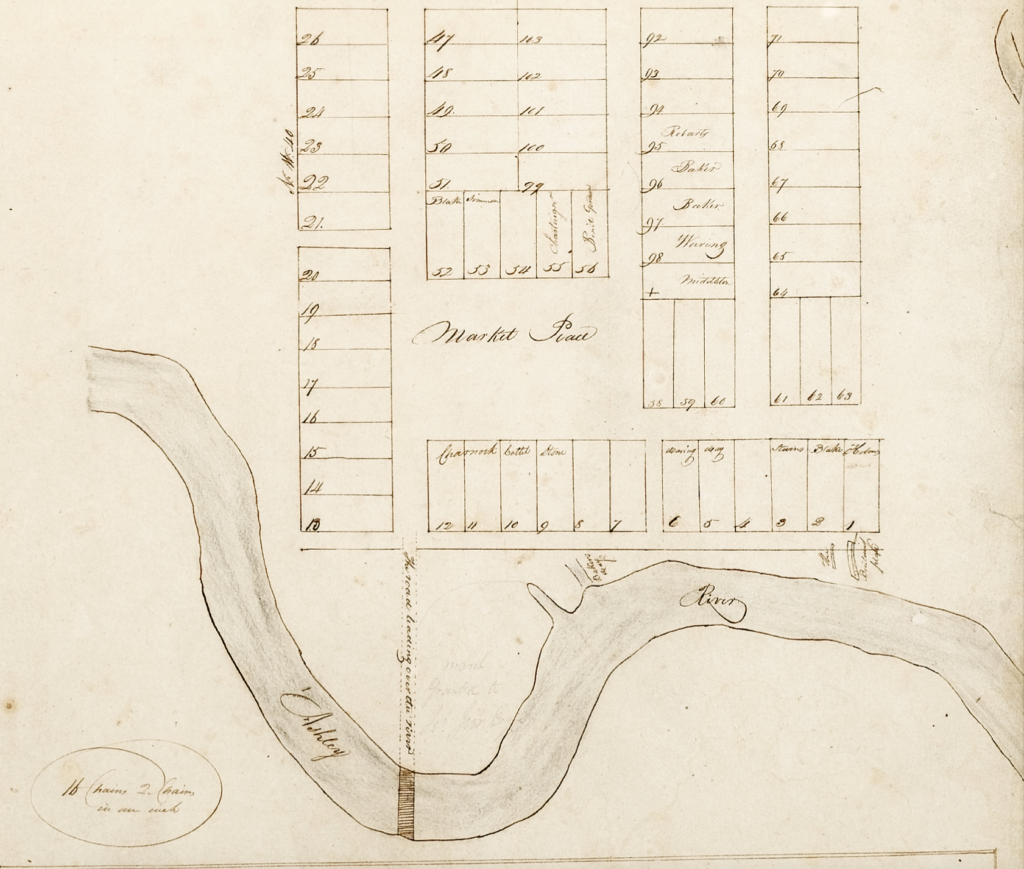
Today, the extinct town, fort, and the beautiful ruins and cemetery of St. George Dorchester Anglican Church are all part of Colonial Dorchester State Historic Site. The park, which has ample parking and facilities, is only $3 to visit and pets are welcome. The park’s site explains that, “Today, Colonial Dorchester State Historic Site’s remarkably preserved archaeological remains give visitors a peek into the early history of colonial South Carolina,” with 325 acres of potential dig sites, interpretive trails with signage, and river-view picnic tables. Fishing is allowed with a freshwater license. Visitors might see bald eagles, hawks, deer, foxes, racoons, and American alligators sunning along the Ashley riverbanks.
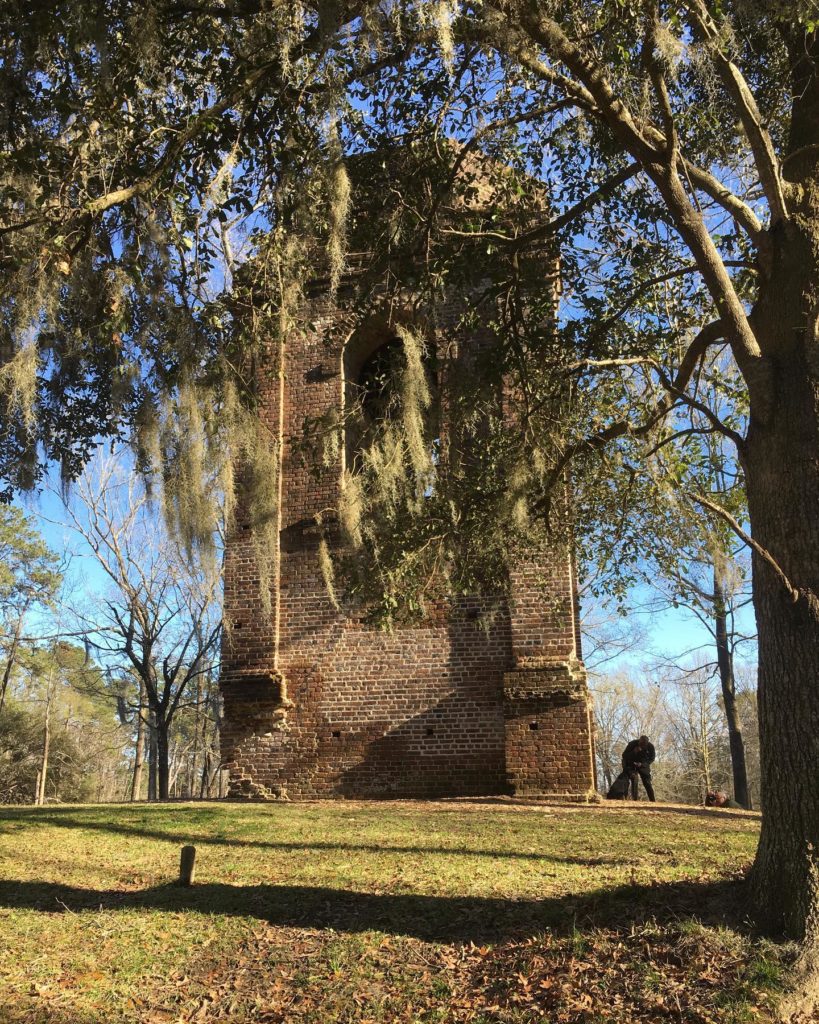
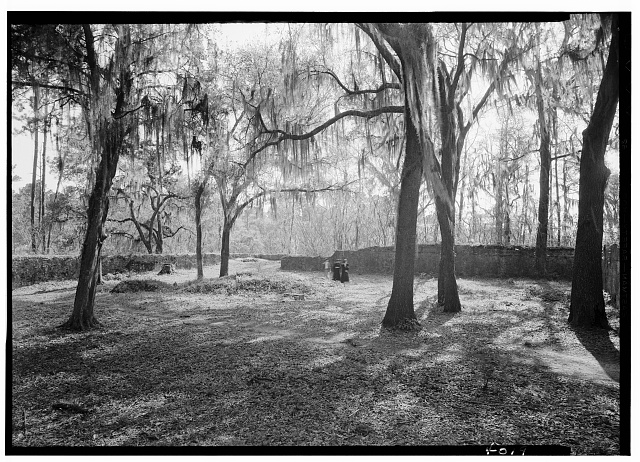
Moving toward town, the Sawmill Branch Trail has six miles of fully paved paths that meander through the heart of Summerville along Sawmill branch creek. James Stewart owned the 500 acres in 1798 along the Sawmill Branch of the Ashley River where part of Summerville lies today.
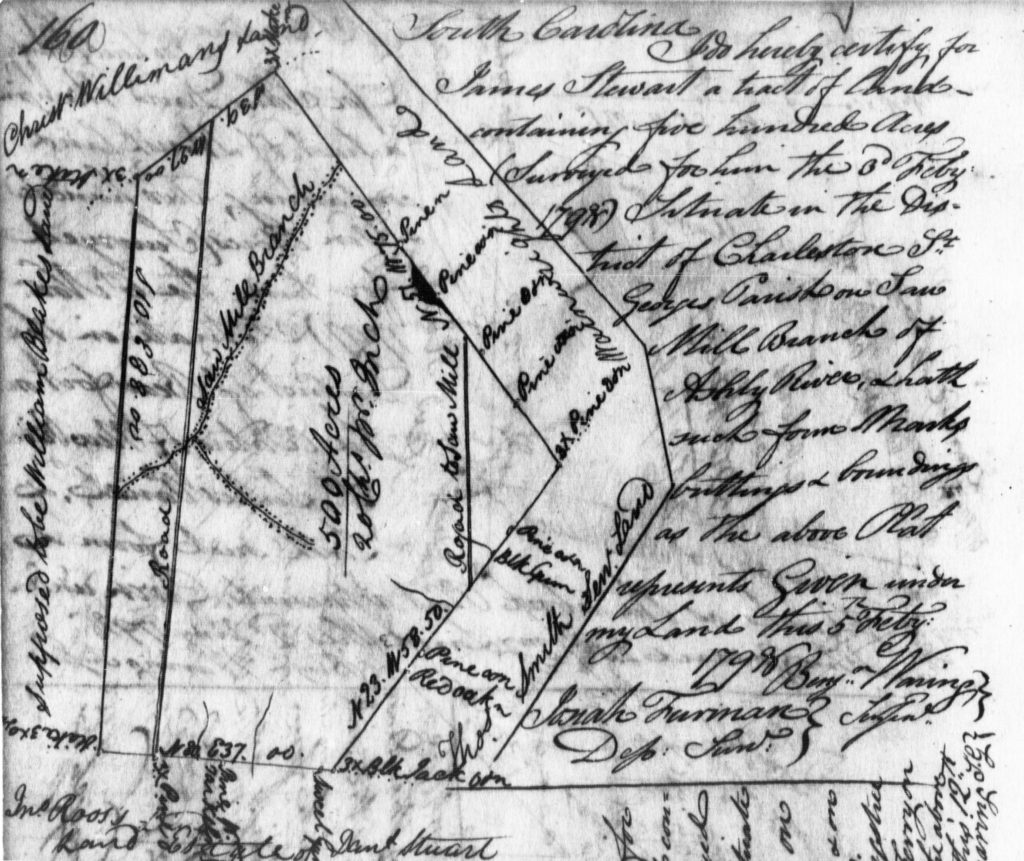
Ideal for walking, jogging, or cycling, the trailhead begins on West Richardson Avenue and has multiple entry points at other Summerville parks and subdivisions, and at the Summerville Soccer Club field and YMCA.
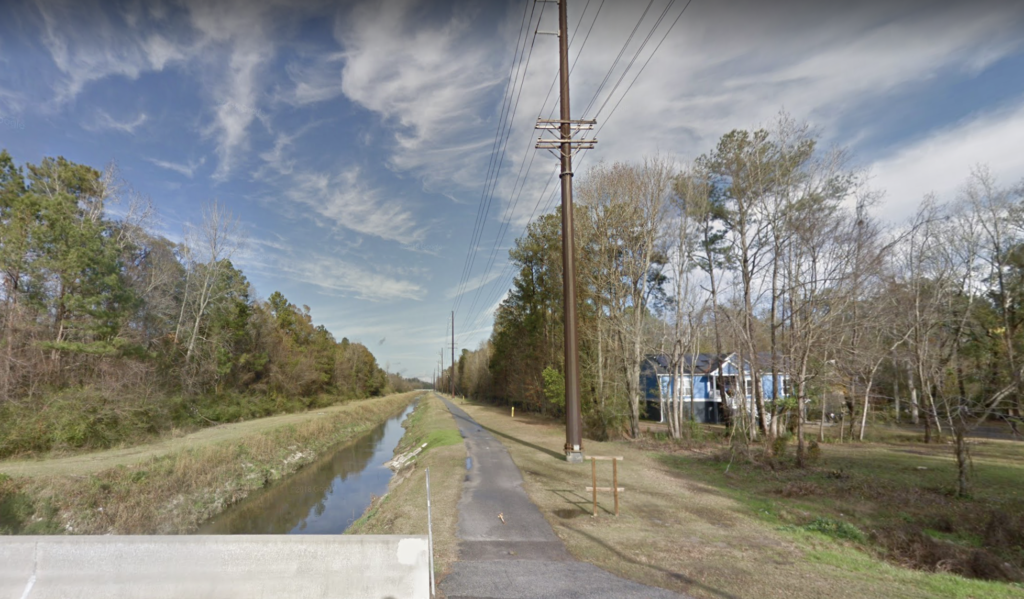
Newington plantation park connects to the Sawmill Branch trails and offers a nice lunchtime stopping point at the picnic area. There is also a large playground and water fountains. The park is named for a now-lost historic plantation created by the Axtell family and then owned the Blakes, who built a large plantation house. Henry A. Middleton bought Newington in 1837. The plantation had terraced gardens and a reflecting pool next to the main house, which burned in 1845 and whose ruins stood until 1876.
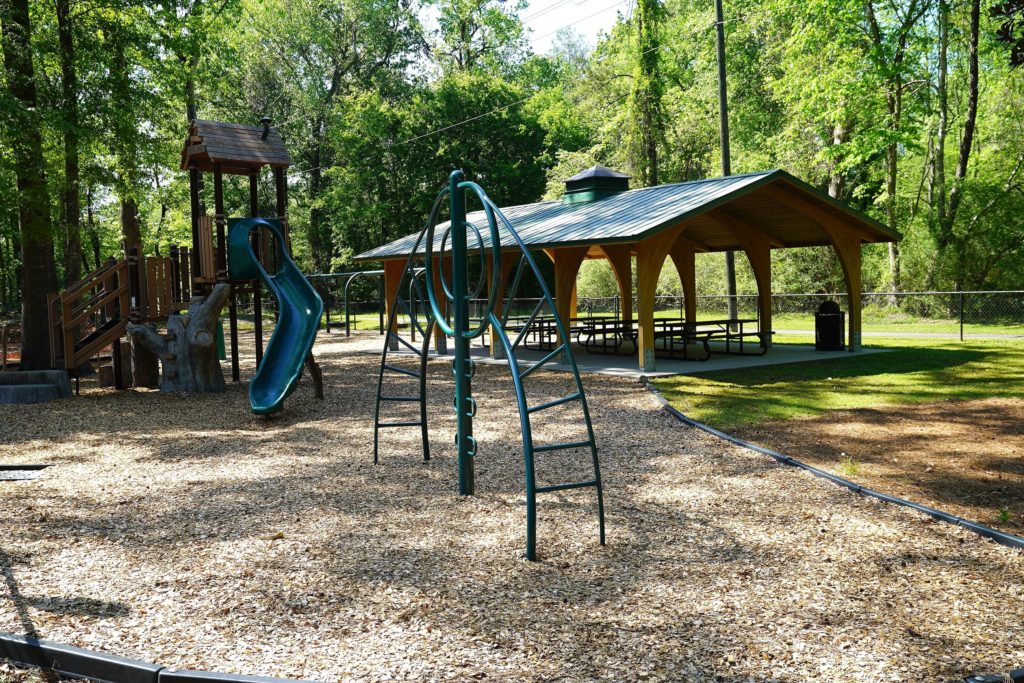
Doty Park at 320 North Laurel Street has an important history as home for the Carolina Dixie Youth Baseball League in the 1960s, which became an integrated league in 1969. The park is named for Lawrence Hayden Doty, who served as mayor of Summerville from 1953 until he passed away in 1965.
Doty Park has horseshoe pits, gazebos that are popular for outdoor weddings, picnic shelters, a large playground, six well-lit tennis courts, and a walking trail. There is also a historic railroad depot building that has been converted into a community center with restrooms and that is available for events.
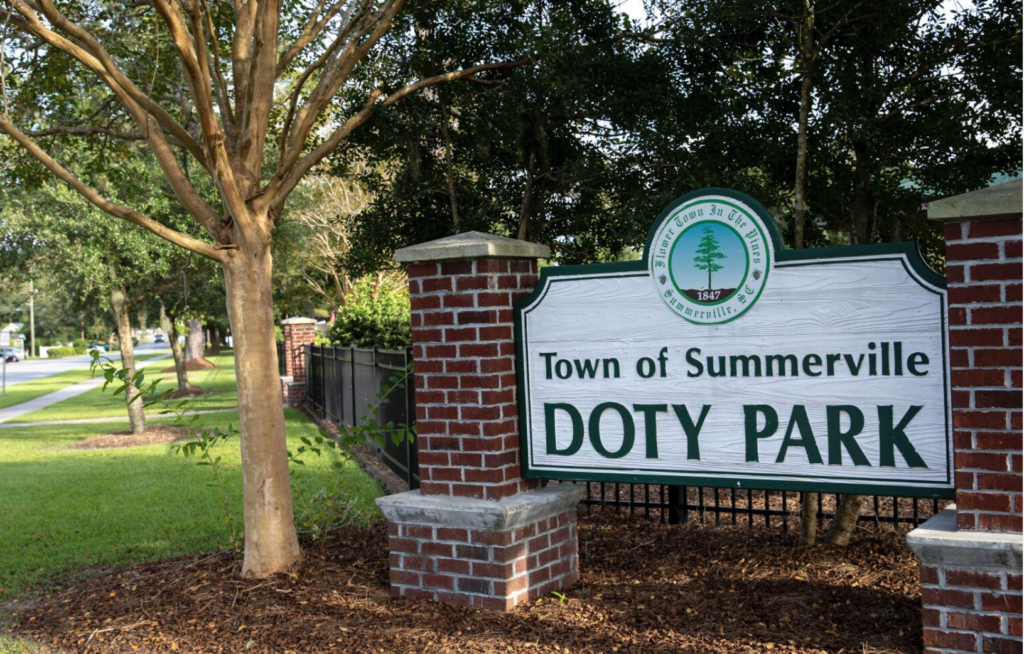
On the other side of town, Gahagan Park at 184 West Boundary Street is the site for sports enthusiasts. It is named for William and Bettina Gahagan, who owned plantation lands near Summerville. Gahagan has the requisite picnic area and playground, as well as a sports complex. There is also a new Gahagan Plantation Trail that links to Sawmill Branch Trail.
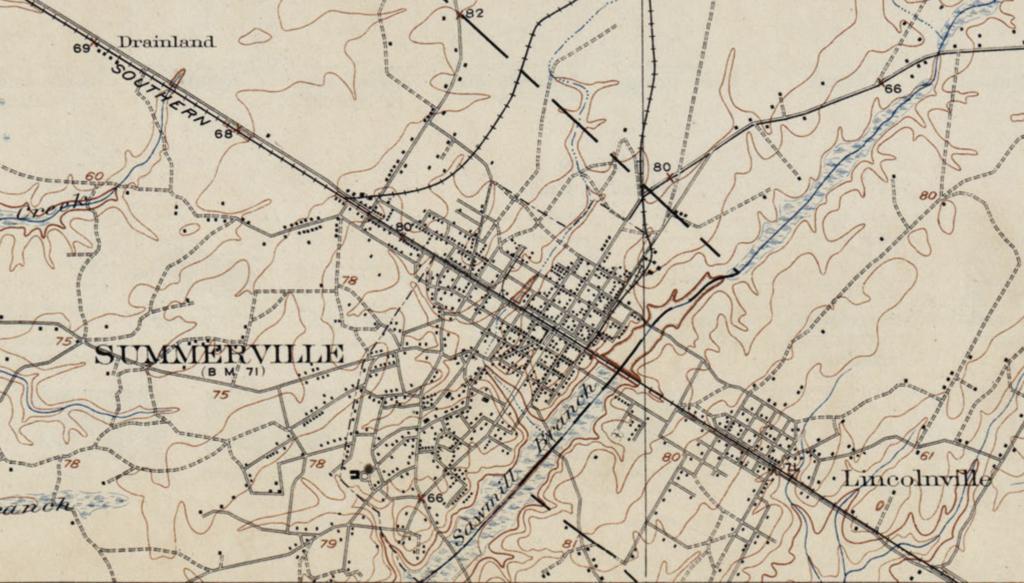
Azalea Park lies at the heart of town and is the oldest planned Summerville park. In the 1930s, a ladies’ garden club called the Civic League (forerunner to the Flowertown Garden Club) raised money to buy the site and created the first plantings. George Segelken donated and planted the banks of azaleas that give name to the park, which was deeded to the town of Summerville to remain a public amenity forever.
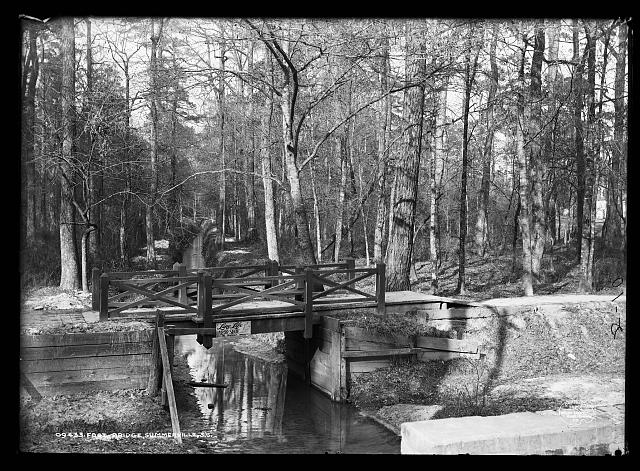
Azalea Park is perfect for a leisurely walk, with a series of pathways through the ponds and woods lined with planting beds and along the canal. The park has tennis courts, an amphitheater, picnic areas, gardens and benches, water features/wetlands, a wedding gazebo, the Cuthbert Community Center, and a series of award-winning bronze sculptures. The park hosts the wildly popular Flowertown Festival each April, a tradition that began in 1972 and has blossomed into a three-day arts and crafts and gardening show.
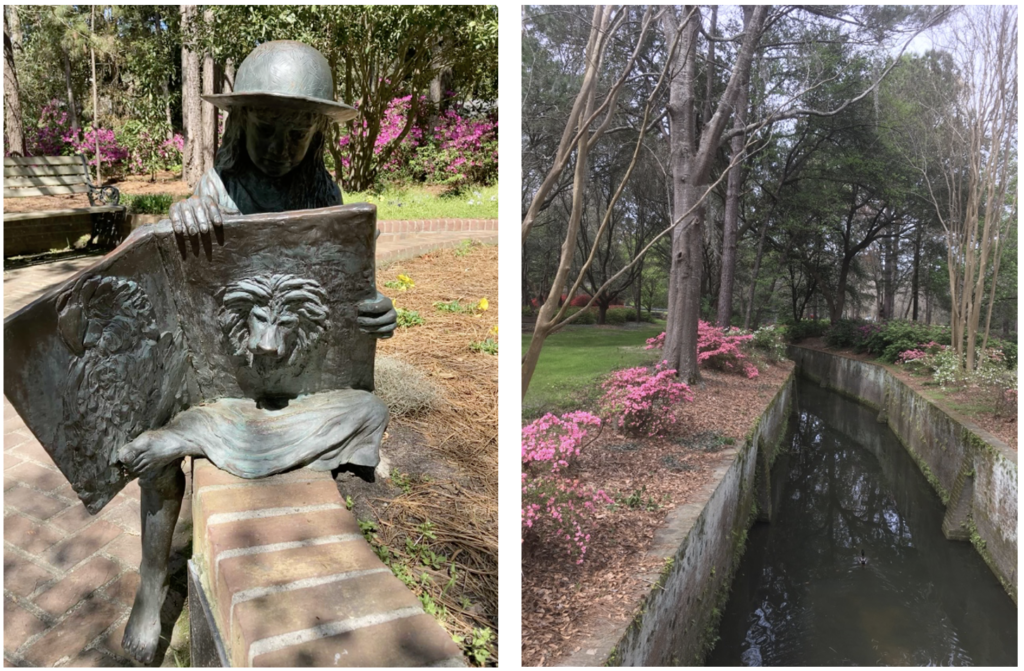

Summerville, South Carolina is growing rapidly because of the large selection of real estate and plethora of parks and recreation spaces, and this 1927 description still holds true: “Summerville, always attractive, is exquisite now. All over, there is a veritable fairyland of azaleas, wisteria, and dogwood. From Sawmill branch to Hickory Hill, from the Tea Gardens to the Charleston-Columbia highway, Summerville is aglow with its loveliness. It may even be that the Flower Village in the Pines is exhibiting its very finest this spring . . . the flower village in the pines emerges at the end in all its vari-hued grandeur.” To learn more about the historic town of Summerville and the real estate on offer there before your visit to these amazing Summerville parks, also visit https://charlestonempireproperties.com/flower-town-in-the-pines-summerville-south-carolina/, chock full of early history and information on the town square and the area’s subdivisions.
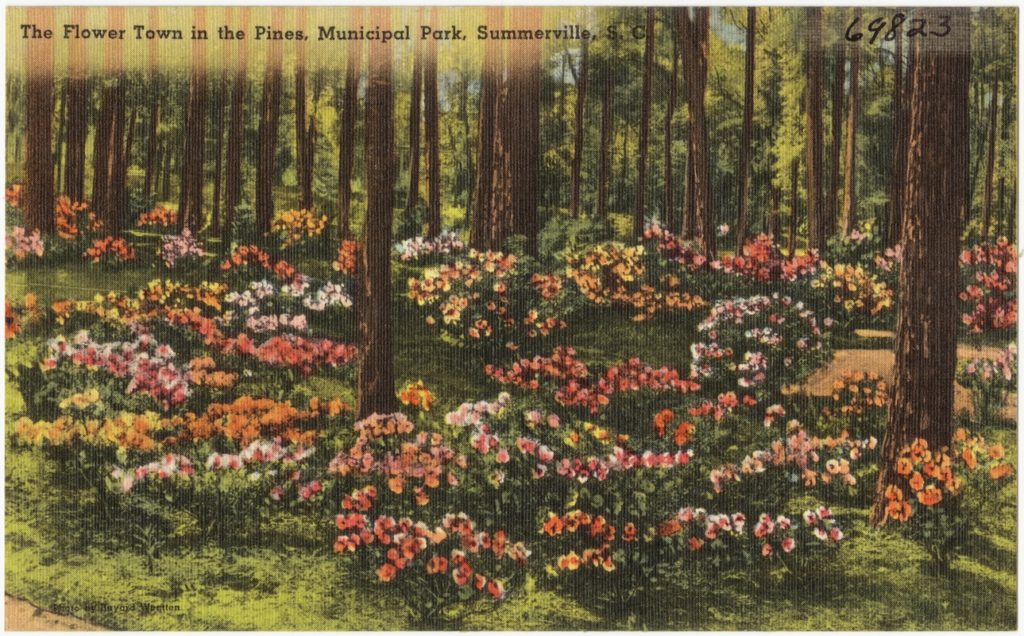
Sources:
- Henry A.M. Smith. “The Ashley River: Its Seats and Settlements.” South Carolina Historical Society, January 1919, Vol. 20, No. 1 3-51.
- National Register, Summerville Historic District.
- Town of Summerville official website. https://www.summervillesc.gov/339/Brief-History-of-Summerville
- National Register, Colonial Fort Dorchester.
- Preservation Consultants, Inc. Dorchester County, South Carolina Historic Resources Survey. Charleston, 1997.
- https://www.summervillesc.gov/Facilities/Facility/Details/Gazebos-at-Azalea-Park-3
- https://www.scpictureproject.org/dorchester-county/azalea-park.html
- National Register, Newington Plantation
- https://www.summervillesc.gov/Facilities/Facility/Details/Newington-Plantation-Park-14
- Jerrel Floyd. “As Summerville park sees improvements, black residents remember its cultural impact.” Post and Courier. 28 September 2020.
- https://www.carolana.com/SC/Towns/Dorchester_SC.html
- https://southcarolinaparks.com/colonial-dorchester
- “Dorchester Parks.” Post and Courier, 15 February 1993.
- “Summerville a fairyland.” Charleston News and Courier. 24 March 1927.
- McCrady plat 958
- Link to the Fort Dorchester trail walk map: https://southcarolinaparks.com/files/State%20Parks%20Files/Colonial%20Dorchester/Walking%20Tour%202015%20final%20fix.pdf

